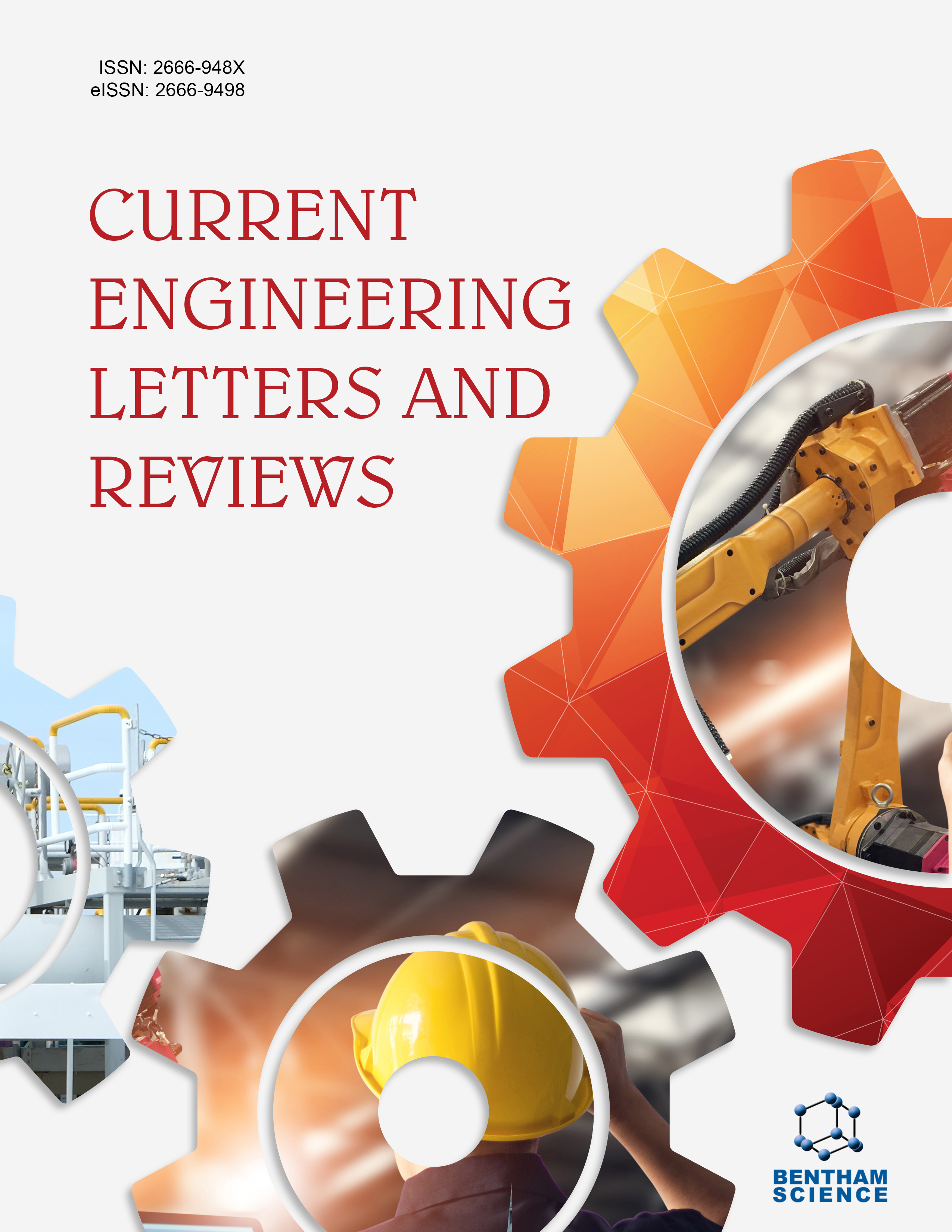
Full text loading...
We use cookies to track usage and preferences.I Understand
Medical waste poses various risks to public health, with heightened importance post-COVID-19. The pandemic escalated the ever-growing generation of medical waste, which demands meticulous handling to mitigate potential risks to the healthcare system and the public. Medical waste management relies heavily on logistics, ensuring the safe and proper disposal of medical waste.
Quantitative models play an integral part in establishing effective, flexible, and cost-efficient logistics in medical waste management. They enable precise planning, optimizing routes, and determining the most efficient disposal methods. This paper provides a systematic review of quantitative models for the logistics of medical waste management.
Through comprehensive search, filtering, and screening, we identify 96 documents for detail review.
We present a structural review covering key aspects of modeling: entities involved, objectives, constraints, solution methods, uncertainties and stochastic input, multi-criteria decision analysis, and post-optimality analysis.
This state-of-the-art review provides a general guideline for the current approaches to modeling and quantitatively analyzing the logistics of wase management. Our paper also serves as a starting point for practitioners aiming to learn the basics of running logistics of medical waste management.

Article metrics loading...

Full text loading...
References


Data & Media loading...
Supplements

